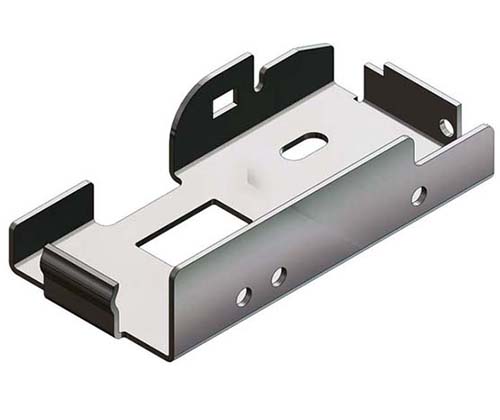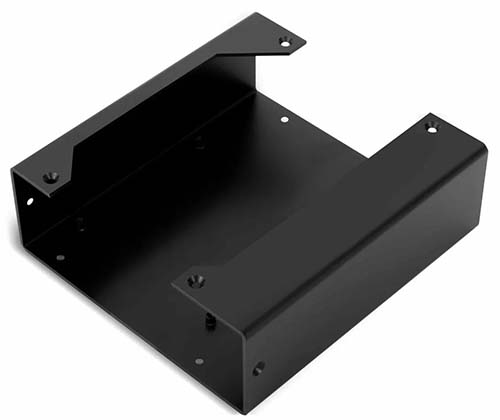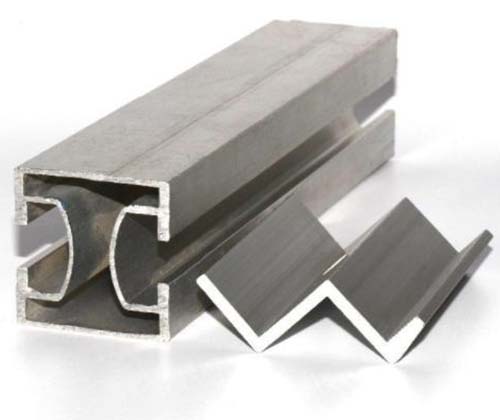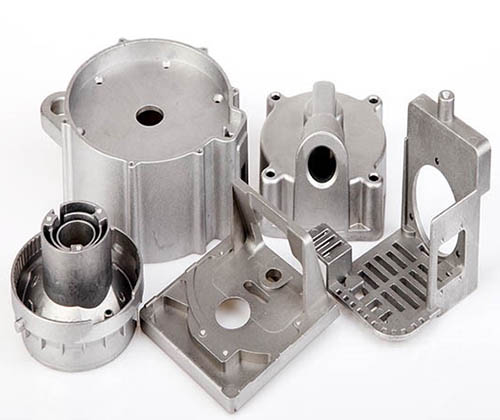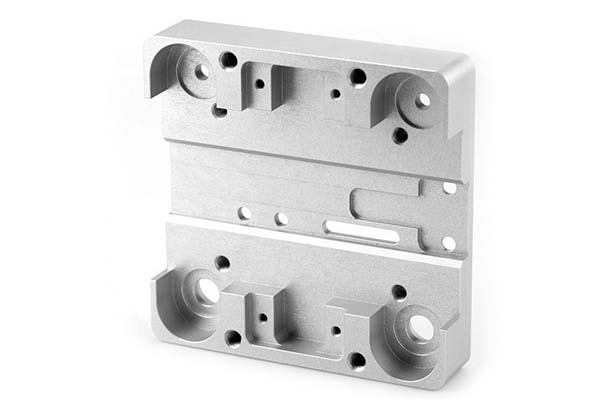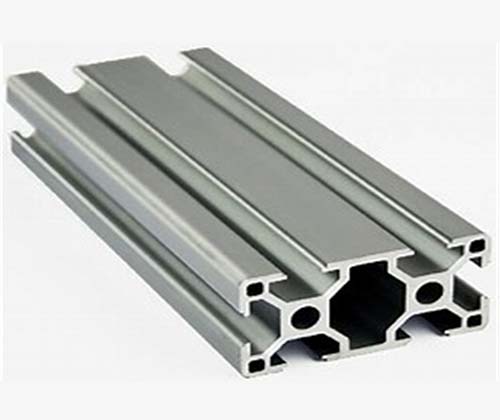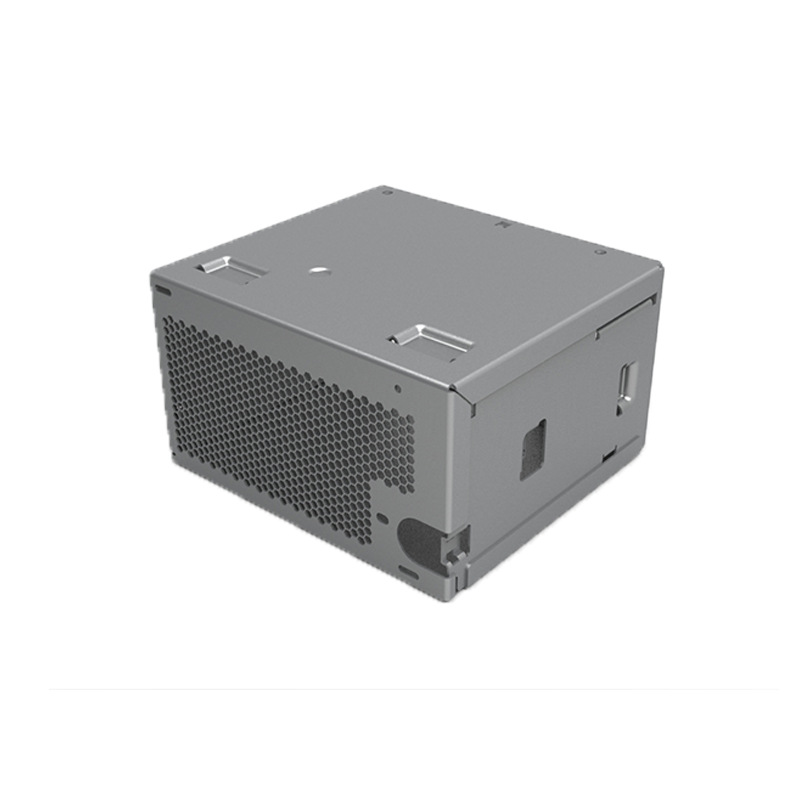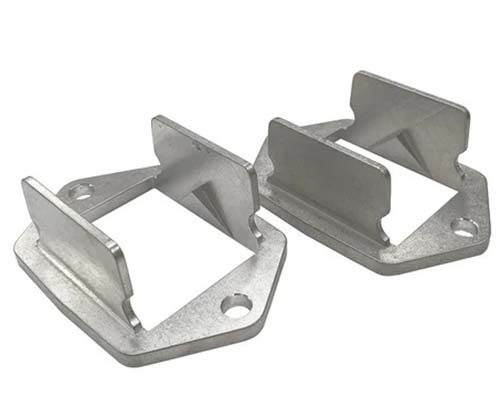You’ve chosen aluminum alloys for their unbeatable combination of light weight and strength, expecting die cast parts that reduce weight without sacrificing durability. But your production is facing hurdles: the molten alloy doesn’t flow smoothly into intricate molds, leaving thin sections incomplete. Some parts have inconsistent tensile strength—some batches meet specs, others fail under stress—while others suffer from porous interiors that leak in pressure tests. Maybe the die wears out quickly, or the cycle time is so long it’s hard to scale production, undermining aluminum’s reputation as a high-performance, cost-effective material.
Aluminum alloys are the workhorses of die casting, offering a rare mix of lightweight components, strength, and corrosion resistance. Their diverse alloy series (from 300 series for general use to 600 series for high strength) are tailored to specific applications, with alloy composition dictating properties like fluidity and heat resistance. But unlocking their potential requires mastering the die casting process, from cold-chamber setup to post-treatment. In this guide, we’ll explore die casting aluminum alloys, helping you create parts that leverage their unique properties for automotive, industrial, and consumer applications.
Material Properties: The Versatility of Aluminum Alloys
Aluminum alloys’ popularity stems from their balanced material properties—a synergy of light weight, strength, and castability that makes them ideal for diverse applications:
- Mechanical performance: Aluminum alloys offer a range of strengths to suit different needs. The 380 series (a common die casting alloy) delivers a tensile strength of 310-350 MPa, yield strength of 160-180 MPa, and elongation of 3-5%—perfect for automotive parts like transmission housings. The 6061 series, though less castable, offers higher strength (310 MPa tensile) with better elongation (12-17%) for structural components. Hardness varies by alloy: 380 has a hardness of 80-90 HB, while 518 series (with higher magnesium) reaches 95-105 HB for wear-resistant parts.
- Light weight and conductivity: Aluminum’s density (2.7 g/cm³) is about 1/3 that of steel, making it ideal for weight-sensitive applications like aerospace components and electric vehicle parts. Its thermal conductivity (120-200 W/m·K) is 4x that of steel, aiding heat dissipation in engine components and electronics. While not as electrically conductive as copper, aluminum alloys (especially 100 series) offer sufficient electrical conductivity for electrical connectors at a lower cost.
- Corrosion resistance and fluidity: Most aluminum alloys form a protective oxide layer, with 500 series (high magnesium) offering exceptional corrosion resistance—suitable for marine or outdoor applications. Casting fluidity varies by alloy: 380 series flows easily into thin walls (0.8-1 mm) and complex geometries, while 600 series (higher silicon) has better fluidity but lower ductility. Grain structure—refined by rapid cooling during die casting—enhances strength, with finer grains improving toughness.
Die Casting Process: Mastering Aluminum’s Needs
Aluminum’s high melting point (600-670°C) requires cold-chamber die casting—a process that avoids the alloy’s corrosive effect on hot-chamber components:
- Cold-chamber essentials: In cold-chamber die casting, molten aluminum is ladled into a shot sleeve, then injected into the die at high pressure. Key parameters include injection speed (2-5 m/s) and injection pressure (70-150 MPa)—higher than zinc to ensure full cavity filling. The die (typically H13 tool steel) is preheated to 200-250°C to prevent cold shuts, with die maintenance (regular polishing and lubrication) critical to prevent sticking. Unlike zinc, aluminum’s high temperature accelerates die wear, so proper cooling and lubrication extend tool life.
- Die design and controls: Aluminum’s lower fluidity (compared to zinc) demands precise die design. Draft angles of 1-2° ease ejection, while venting (0.15-0.2 mm gaps) prevents gas entrapment—critical for avoiding porosity in thick sections. The gating system uses large runners and gates to deliver metal quickly, with parting lines positioned to minimize flash. Cooling rate is controlled via water channels: faster cooling (50-100°C/s) refines grain structure for strength, while slower cooling reduces internal stress in large parts like transmission housings.
- Post-casting steps: Aluminum parts require more post-casting treatment than zinc. Shot blasting removes surface oxides, while heat treatment (T6 tempering) can boost strength in alloys like 6061—increasing tensile strength by 30-40%. Plating (chrome, nickel) or anodizing enhances corrosion resistance and aesthetics, though aluminum’s natural oxide layer offers basic protection. Quality control includes X-ray inspection for porosity and ultrasonic testing for internal defects—critical for engine components and pressure-containing parts.
Applications: Where Aluminum Alloys Excel
Aluminum alloys’ light weight and strength make them indispensable in applications that demand performance and efficiency:
- Automotive and aerospace: Automotive parts (engine blocks, cylinder heads, transmission housings) rely on aluminum’s light weight to improve fuel efficiency—replacing cast iron with aluminum reduces vehicle weight by 30-50 kg. Aerospace components (wing brackets, fuel system parts) use high-strength 600 series alloys for their high-strength-to-weight ratio, reducing aircraft weight without sacrificing safety. Even electric vehicle batteries benefit from aluminum housings, which dissipate heat while protecting cells.
- Industrial and consumer products: Industrial equipment (pump housings, compressor parts) uses aluminum for its corrosion resistance and heat dissipation, ensuring reliability in harsh environments. Consumer products (laptop frames, power tool housings) leverage its light weight and sleek finish, while lighting fixtures benefit from its ability to be anodized in custom colors. Electrical housings and connectors use aluminum’s conductivity to manage heat in electronics.
- Medical and hardware: Medical devices (MRI machine components, surgical tool housings) use aluminum for its non-magnetic properties and corrosion resistance, ensuring compatibility with imaging equipment. Hardware components (door handles, brackets) benefit from its strength and low maintenance—aluminum doesn’t rust, reducing upkeep costs. Its specific gravity (2.7) gives hand tools a balanced feel, improving user comfort.
Performance and Benefits: Why Aluminum Leads in Die Casting
Aluminum alloys offer performance and benefits that make them the top choice for modern manufacturing:
- Light weight and efficiency: Aluminum’s low density reduces part weight, improving fuel efficiency in vehicles and reducing fatigue in handheld tools. Its thermal conductivity keeps engine components and electronics cool, extending service life. For example, an aluminum transmission housing weighs 50% less than a steel equivalent while handling the same loads.
- Cost and scalability: Aluminum die casting is cost-effective for high-volume production (100,000+ parts) thanks to long die life (500,000+ cycles with proper maintenance) and fast cycle times (30-60 seconds per part). Scrap aluminum is 100% recyclable, with reclaimed material retaining 95% of its original properties—reducing material costs and environmental impact.
- Customization and durability: Aluminum’s compatibility with anodizing, plating, and painting allows customization for aesthetics or function—from matte finishes on consumer products to hard anodizing for wear-resistant industrial equipment. Its corrosion resistance ensures parts last in humid or chemical-rich environments, outperforming steel in many outdoor applications.
Yigu Technology’s Perspective: Expertise in Aluminum Die Casting
At Yigu Technology, we specialize in aluminum die casting for clients needing lightweight, high-strength parts. We select alloy series to match application needs—380 series for general parts, 6061 for structural components—and optimize cold-chamber parameters (injection pressure, cooling rate) to minimize defects. Our die designs feature advanced venting and gating systems to handle aluminum’s fluidity, with rigorous quality control to ensure consistent strength. Whether you need automotive parts, industrial equipment, or consumer products, we deliver aluminum castings that balance performance, weight, and cost. Die casting aluminum alloys isn’t just about manufacturing—it’s about engineering efficient, sustainable solutions for the future.
Frequently Asked Questions (FAQ)
- Why are my aluminum die castings porous?
Porosity often stems from poor venting or gas entrapment. Ensure the die has adequate vents (0.15 mm thick) in deep cavities and sharp corners. Increase injection speed to fill the die before metal solidifies, and use a gating system that minimizes turbulence (which traps air). Degassing the molten aluminum (removing hydrogen) before casting also reduces porosity—use a rotary degasser for best results.
- Which aluminum alloy is best for high-temperature applications?
For parts exposed to 150-250°C (like engine components), choose 380 or 360 series alloys—their high silicon content improves heat resistance. For higher temperatures (up to 300°C), 200 series alloys (with copper) offer better thermal stability, though they’re less corrosion-resistant. Avoid 500 series (high magnesium) for high heat, as they soften above 120°C.
- How does aluminum die casting compare to other processes like machining?
Aluminum die casting excels at producing complex geometries (with internal channels or threads) in high volumes, with lower per-unit costs than machining from solid billets. Machining is better for low-volume, simple parts or tight tolerances (±0.01 mm), but it wastes material (up to 70% of the billet). Die casting offers better material utilization (95%+) and faster production, making it ideal for mass-produced parts like automotive components.
